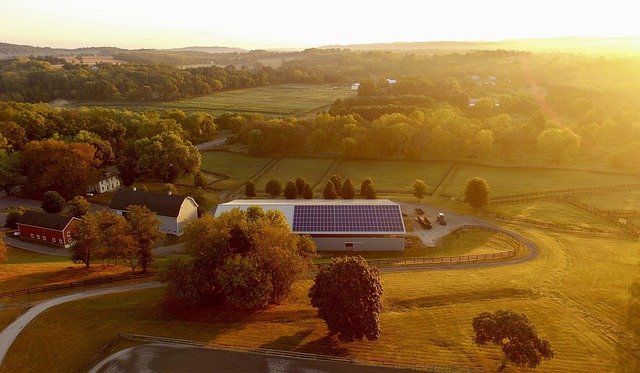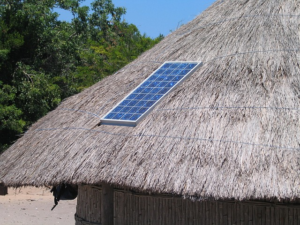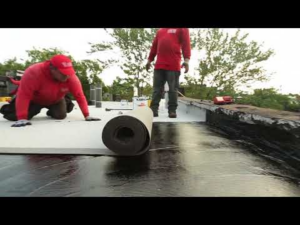
Solar power is a cheap, clean, modular and flexible energy source. It is currently one of the cheapest renewable energies on the market and the most accessible one for European households. In 2020, 5.2% of the EU’s total electricity production came from solar energy. Based on current market trends, it has the potential to meet up to 20% of the EU’s electricity demand by 2040.
As stated in the European Green Deal and the REPowerEU plan, a further deployment of solar energy installations is an essential step in the EU’s transition towards clean energy and climate neutrality. Moreover, increasing its uptake reduces our dependence on imported fossil fuels.
Solar technologies
Increasingly advanced technologies convert sunlight into energy, taking the form of electricity (photovoltaics and concentrated solar power) or heat (solar heat).
Solar photovoltaics
Photovoltaics (PV) convert sunlight directly into electricity by creating voltage or electrical current. EU renewable energy policies have helped bring solar photovoltaics costs down by 82% over the last decade thanks mostly to subsidies. This reduction has boosted the demand for solar, which has contributed to making them one of the most competitive electricity generation technologies in the EU and one of the fastest-growing in renewable energy: from 52 GW of total installed PV capacity in 2011, the EU reached almost 160 GW in 2021.
At employment level, the solar PV industry employed 357,000 full-time equivalent (direct and indirect) jobs in 2020 – a figure that is expected to at least double by 2030.
New solar photovoltaics technologies promise higher energy conversion from sunlight, more energy efficiency and lower costs for industry and consumers alike. New technologies are also being developed for new uses; for instance, building-integrated photovoltaics (BIPV) create products that serve at the same time to generate electricity and as building components, such as the roof or the façade. Ongoing EU-funded projects Be-Smart and BIPVBOOST analyse the main market barriers and demands to further integrate solar technologies in the construction industry.
Concentrated Solar Power
Concentrated Solar Power (CSP) covers all technologies that aim to transform solar radiation energy into very high temperature heat for onward conversion into electricity.
CSP has the potential to become a key technology for renewable electricity production in all net zero emissions scenarios. A considerable advantage of CSP is its ability to store thermal energy and delay electricity production. In an electricity system characterised by high shares of renewables, it can contribute to fill the gaps created by low levels of renewable generation. However, compared to PV, CSP heavily relies on direct irradiation, which limits its application to certain regions in the world.
Solar thermal technologies
Solar thermal technologies are used mainly to produce domestic hot water in residential buildings and industry through heat collectors. Collectors or concentrated solar heat technologies are also used to provide heat for industrial applications, for instance, in the …….
Source: https://ec.europa.eu/info/news/focus-solar-energy-harnessing-power-sun-2022-sep-05_en






